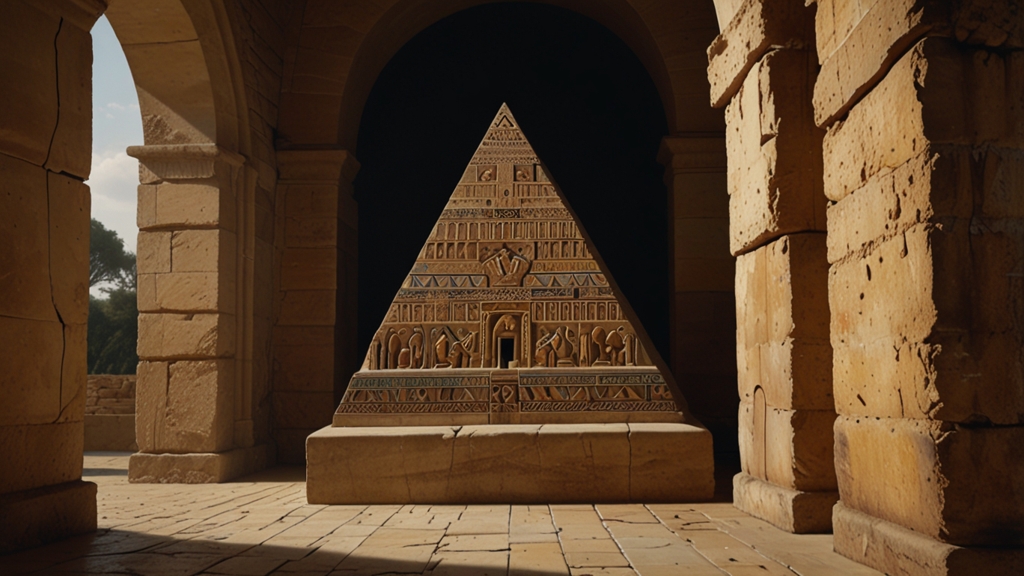From Ancient Pyramids to Modern Art: The Power of Geometry
Geometry has been a cornerstone of human civilization for millennia, influencing everything from architectural marvels to intricate works of art. It is a universal language that speaks through shapes, patterns, and spatial relationships. This article explores the timeless influence of geometry, from the towering pyramids of ancient Egypt to the abstract compositions of modern artists.
The Ancient Pyramids: A Testament to Geometric Precision
When we think of ancient wonders, the Egyptian pyramids stand out as a paragon of geometric mastery. The Great Pyramid of Giza, constructed around 2580–2560 BC, exemplifies the use of precise measurements and geometric principles. The base is a nearly perfect square, with each side measuring approximately 230 meters, and the pyramid's height before erosion was around 146.6 meters. The symmetry, angles, and proportions of these structures demonstrate a profound understanding of geometry.
"The pyramids show that ancient Egyptians had not only masterful engineering skills but also a deep knowledge of geometry. Their ability to align the structures with celestial bodies further underscores their sophistication." - Dr. Sarah Johnson, Egyptologist
Geometry in Renaissance Art
The Renaissance period was a time of rediscovery and innovation, and geometry played a crucial role in this cultural rebirth. Artists like Leonardo da Vinci and Albrecht Dürer utilized geometric principles to create works of astounding realism and proportion. Da Vinci's famous drawing, Vitruvian Man, is a study of the ideal human body proportions, based on the ancient Roman architect Vitruvius' theories. This emphasis on proportion extended to architecture as well, with buildings designed according to harmonious geometric relationships.
Modern Art: Geometry as an Abstract Language
In the 20th century, artists began to explore geometry as an abstract language. The movement known as Cubism, pioneered by Pablo Picasso and Georges Braque, deconstructed objects into geometric shapes, presenting multiple perspectives simultaneously. This radical shift transformed the way people perceived reality and art.
"Cubism showed us that geometry is not just about precision and measurement; it can also be about breaking down and reconstructing the world in new, imaginative ways." - John W. Smith, Art Historian
Later, artists like Piet Mondrian pushed the boundaries even further. Mondrian's compositions, characterized by grids of vertical and horizontal lines and primary colors, reduced art to its most basic geometric elements. His work sought to find universal beauty in simplicity and order.
Geometry in Contemporary Architecture
The influence of geometry extends beyond the realm of traditional art and into contemporary architecture. Architects today use advanced geometric principles and computer algorithms to design structures that were previously unimaginable. The works of architects like Zaha Hadid and Frank Gehry feature complex, flowing forms that challenge conventional notions of space and structure.
"Modern architecture uses geometry in ways that blend aesthetics with functionality, creating spaces that are both beautiful and practical." - Emily White, Architect
Geometry’s power lies in its ability to balance aesthetics, science, and practicality. From ancient wonders to modern marvels, it continues to shape our world in profound ways. Whether in the precise measurements of the pyramids or the abstract compositions of contemporary art, geometry remains a testament to human ingenuity and creativity.









